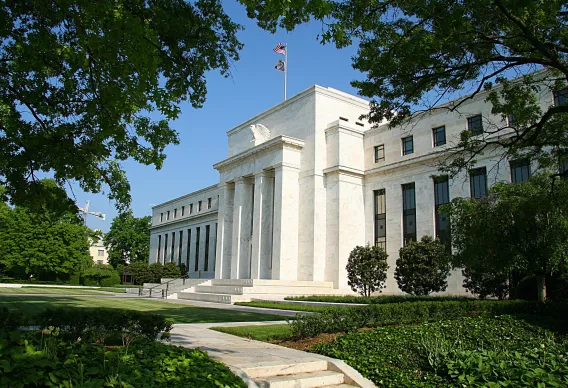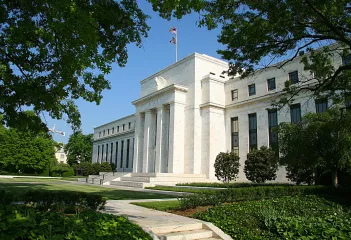- | Monetary Policy Monetary Policy
- | Policy Spotlights Policy Spotlights
- |
How the Fed Controls Monetary Policy

In this Policy Spotlight series, Mercatus scholars provide a high-level overview of their positions on key issues facing our nation’s policymakers.
The Federal Reserve System (Fed) performs many duties, including the regulation of commercial banks. However, its primary task is monetary policy. The Fed conducts monetary policy by adjusting the supply of and demand for the most highly liquid of all types of money—base money. Base money (or the monetary base) consists of the currency in people’s wallets as well as the reserves that banks have on deposit at the Fed. All the various actions the Fed takes to implement monetary policy affect the supply or demand (or both) for base money.
Tools to Impact the Supply of Money
Expansionary Monetary Policy. To inject more money into the economy, the Fed purchases US Treasury bonds or other assets with newly created money—these are called open market purchases. Injections of new money are often referred to as examples of expansionary monetary policy, or “easy money.” Quantitative easing (QE) is the name given to unusually large open market purchases, generally conducted in an environment of near-zero interest rates.
For example, if the Fed wishes to increase the monetary base by $120 million, then it may purchase $120 million worth of US Treasuries. This new base money initially becomes a part of bank reserves but may eventually go out into circulation as currency held by the public.
Contractionary Monetary Policy. To extract money out of the economy, the Fed sells US Treasury bonds or other assets. These open market sales are one method by which the Fed implements a contractionary monetary policy, or “tight money.” They are generally used in an effort to reduce inflation.
For example, if the Fed wishes to reduce the monetary base by $40 million, then it may sell $40 million worth of US Treasuries. The money it receives is thus pulled out of circulation.
Tools to Impact the Demand for Money
Interest on bank reserves (IOR) is an important new tool that primarily impacts the demand for base money. This is where the Fed pays interest on the reserves that commercial banks hold at the Fed and adjusts this interest rate to modify monetary conditions.
Expansionary Monetary Policy. When the Fed seeks a more expansionary monetary policy, it reduces the IOR rate, which makes it less attractive for banks to hold reserves at the Fed. The resulting fall in the demand for bank reserves is expansionary because less demand for any asset will reduce its value. A fall in the value of money means a higher price level.
Contractionary Monetary Policy. To adopt a more contractionary policy (perhaps to reduce inflation), the Fed seeks to encourage an increase in the demand for money. Thus, it might pay a higher rate of IOR, encouraging banks to hold onto their reserves. An increased demand for reserves will tend to increase the value of money, reducing the price level.
Forward Guidance. The Fed can also impact the demand for money through forward guidance (i.e., creating more bullish or bearish expectations regarding the future of policy). For instance, a promise to keep monetary policy expansionary for a long period will tend to encourage spending today, boosting the price level.
Transmission Mechanisms
While all monetary policies work by changing the supply or demand for base money, they can affect the broader economy through a variety of channels, or transmission mechanisms. For example, an expansionary policy may raise asset prices, increase bank lending, depreciate the dollar in the foreign exchange market, boost inflation expectations, create excess cash balances that spur spending, or cause some combination of those effects. A contractionary policy has the opposite effects.


